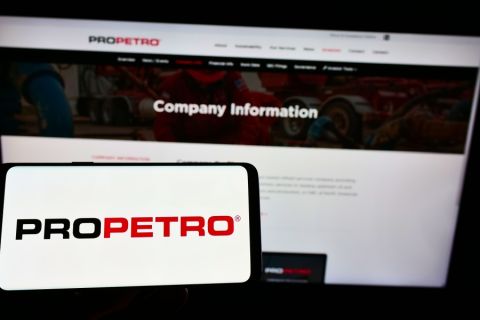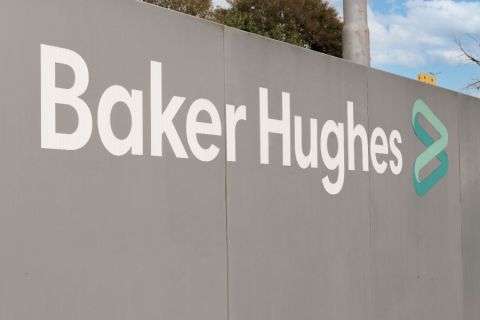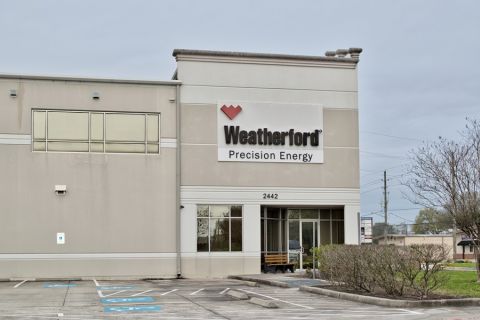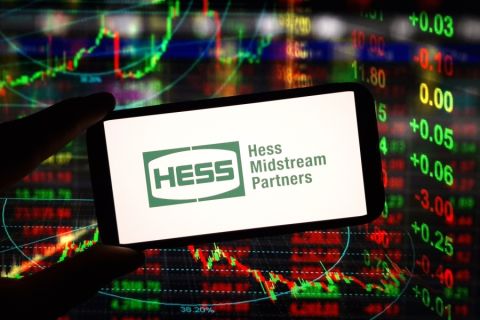Artificial intelligence (AI) is coming of age, and the oil and gas industry is searching for the most effective uses of this nascent technology. Binu Mathew, senior vice president and global head of digital products for Baker Hughes, a GE company, spoke with Hart Energy about technology, digitalization and how AI can prove beneficial for the oil and gas sector.
Editor’s Note: This interview has been edited for clarity.
Hart Energy: Where is the oil and gas industry when it comes to digitalization?
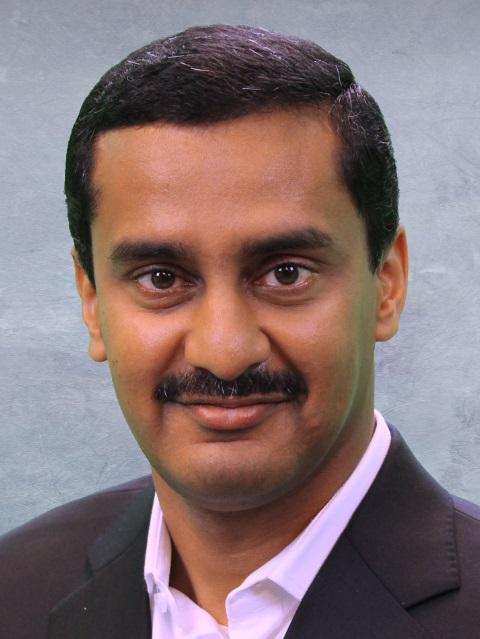 Mathew: First of all, you must remember that the oil and gas industry has always had digitalization in some way.
Mathew: First of all, you must remember that the oil and gas industry has always had digitalization in some way.
Just look at the original supercomputers.
If you look at the oil and gas industry now, what you have is tons of data across the board, but those tend to be very siloed. Individual plants and individual machines generate a lot of data, but it leads almost to what I call a bit of a dichotomy.
An operator today will have streams of data, not necessarily actionable information, but many, many streams. In fact, it makes it more difficult. You have all this information coming to you on different screens, and you have to make judgment calls based on that.
If you are on an operations team with a lot of experience, you make good judgment calls, and if you’re not, you don’t. So you are seeing significant shift differentials in terms of performance.
The other thing that’s also changed in the last two years with the changes in oil prices is that there is far more emphasis on operational efficiency. You have to get the breakeven costs, the dollar per barrel of oil, to a significantly lower level—especially for the upstream industry. That’s changed the name of the game from leasing acreage, essentially a real estate game, to operational efficiency. But to do that you have to be able to use whatever data you have to see where you can run your processes more efficiently. You need to reduce nonproductive time. You need to increase overall performance and efficiency. If you’re doing field planning, you need to drill and you need to plan that more effectively.
There’s a lot of inefficiency in the oil and gas industry, because whenever you had an upcycle, you were able to ignore it for a long time.
Hart Energy: Do you have any examples from your experience on this fluctuating performance?
Mathew: That was one of the problems BP noticed, and it is why the company started using its plant operations adviser [an offshore digital technology]. When you are dealing with the independency of multiple machines on a big offshore platform, the machines may all be working fine. But if they are not working within parameters for the process, you still have a process upset. They would see several trips that were being triggered due to that.
On one hand you have the operators, and on the other hand you have the engineers. The engineers have a lot of data, but to put those into a form that is usable you must spend a lot of time analyzing that. The tool that is probably most widely used is [Microsoft] Excel. The engineers will do models from this. We have a lot of analytic capability in the oil and gas industry, but it takes you weeks or even months. If you take an operations team that’s working within a five- to 10-minute window and engineering teams that are operating in periods of weeks to months, there’s this big gap. That is where a lot of change is going to happen in the next few years. It’s certainly the area that we’re focused on.
Hart Energy: When other industries such as automotive have traveled down the digitalization path, they have struggled with the volume of data. How is the oil and gas sector coping with this?
Mathew: Like the automotive sector, we have alarms and exceptions, and part of the challenge when you get an alarm is what you do and if the action you’re taking is effective.
It all changed dramatically in 2012. This was the first time that the deep neural network made a step change in image recognition. There was a competition on the internet for machine learning on image recognition. The general threshold around that used to be around the 70% level, and every year it would go up by a small fraction. The reason was that up to that point it was all being done by traditional techniques.
The odd thing was that until that point neural networks were considered almost an academic curiosity. The math had been around since the ’60s, but what people hadn’t realized was what you needed was enormous computational power, and that turned up right about then.
It has improved to such a degree that as of late 2017 we’re not just coming close to human capacity; AI is getting to the point where, once appropriately trained, it can do better than a human being. That is across the board, and you’re going to see this dramatic change over the next five years.
Hart Energy: Can you give us an example of this form of AI in action?
Mathew: A very simple example comes from BP’s IntelliStream product, which deals with production optimization. The traditional way of carrying out failure diagnostics on rod lift pumps is to look at the dynamometer card. A technician would go out, pull out a set of flat cards and compare the patterns. This is a situation that’s absolutely tailor-made for AI. We have AI-based pattern recognition that can meet or exceed human capacity in terms of recognizing the situations, and do it in a fraction of a second.
Hart Energy: There are numerous oil and gas companies dipping their toes into AI in all sorts of diverse applications. Do you have a clear vision of where you’re going with it?
Mathew: On the demand side, you have to improve operational outcomes; you have all these data and you must be able to process those. On the supply side, you have all these new technologies. But how to marry the two? This is part of our reason for our partnership with Nvidia. Nvidia can provide a lot of the technology, but they’re having a challenge in how to take these powerful new technologies and apply it from a domain perspective.
It’s not just in the case of AI; you can see this across the board. If you take the cloud and other technologies that have been developing over the last few years, how do you get that into the oil and gas industry? Because you’ve got to make it domain specific, you’ve got to have an end-to-end workflow and you’ve got to have something that somebody can use.
Recommended Reading
ProPetro Ups Share Repurchases by $100MM
2024-04-25 - ProPetro Holding Corp. is increasing its share repurchase program to a total of $200 million of common shares.
Baker Hughes Hikes Quarterly Dividend
2024-04-25 - Baker Hughes Co. increased its quarterly dividend by 11% year-over-year.
Weatherford M&A Efforts Focused on Integration, Not Scale
2024-04-25 - Services company Weatherford International executives are focused on making deals that, regardless of size or scale, can be integrated into the business, President and CEO Girish Saligram said.
Range Resources Holds Production Steady in 1Q 2024
2024-04-24 - NGLs are providing a boost for Range Resources as the company waits for natural gas demand to rebound.
Hess Midstream Increases Class A Distribution
2024-04-24 - Hess Midstream has increased its quarterly distribution per Class A share by approximately 45% since the first quarter of 2021.


